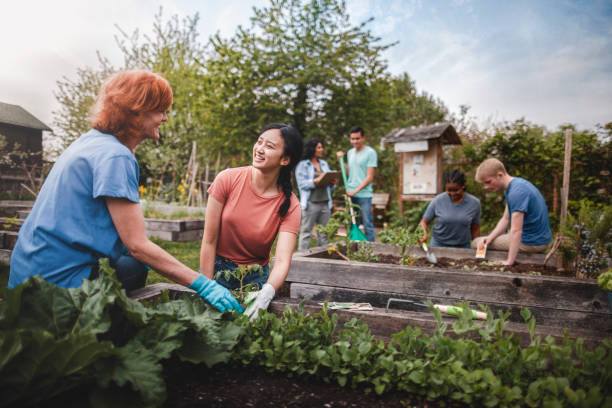Growing Fruit Trees: Care, Watering, Mulch, and Sustainability
Fruit trees are a productive and attractive addition to many home gardens, providing seasonal harvests, habitat for pollinators, and long-term value when cared for properly. Whether you have a compact backyard or several acres, understanding site selection, planting technique, and ongoing maintenance improves tree health and fruit quality while supporting sustainability goals.

Choosing fruit trees for outdoor spaces
Selecting the right tree for your outdoor space starts with matching tree size and chill-hour requirements to your climate and yard. Consider dwarf or semi-dwarf rootstocks for small gardens, and place trees where they receive at least six hours of sun daily and good air circulation. Soil drainage is important: avoid low spots where water pools. If you’re unsure which varieties suit your climate, consult local services or a reputable nursery in your area that can recommend cultivars adapted to local pests, frost dates, and soil types.
How much watering do young trees need?
Newly planted fruit trees need regular watering to establish roots. For the first year, water deeply once or twice a week depending on rainfall, aiming to keep the root zone moist but not waterlogged. A typical approach is to apply 10–20 liters (2–5 gallons) per watering event for young trees, increasing volume as the trunk caliper grows. Reduce frequency in rainy periods and increase during heatwaves. After the first growing season, many established trees require less frequent deep watering; supplemental irrigation during dry spells supports fruit set and size. Use a slow soak or drip system to encourage deep root growth.
Mulch: types and how to apply it
Mulch conserves moisture, moderates soil temperature, suppresses weeds, and adds organic matter as it decomposes. Organic mulches—such as wood chips, composted bark, or leaf mold—are common choices for fruit trees. Apply a 5–10 cm (2–4 in) layer of mulch around the root zone, keeping mulch a few centimeters away from the trunk to prevent rot and pest hiding places. Refresh mulch annually as it decomposes. Avoid piling mulch in a volcano shape around the trunk; instead, create a flat donut that extends to the tree’s dripline if possible. Mulch choice and depth will vary with local conditions and soil type.
Sustainability practices for fruit trees
Sustainable fruit-tree care emphasizes soil health, biodiversity, and reduced chemical inputs. Encourage beneficial insects by planting flowering ground covers or companion plants, and use integrated pest management (IPM) techniques: monitor pest populations, use mechanical controls when possible, and apply targeted treatments only when thresholds are exceeded. Improve soil structure with regular additions of compost and cover crops, and conserve water with mulch and efficient irrigation. Pruning to maintain an open canopy reduces disease pressure and improves spray or biological control effectiveness. Choosing regionally adapted varieties reduces the need for heavy intervention and contributes to long-term resilience.
Specifics for planting a pear tree
Pear trees are well suited to many temperate gardens and benefit from careful planting and early care. Plant bare-root pears in late winter or early spring while dormant, and container-grown trees any time the soil is workable. Dig a hole twice as wide as the root system but not deeper than the root collar; position the graft union a few centimeters above soil level. Water thoroughly after planting and apply mulch to conserve moisture. Pears may need thinning of fruit in the first few years to develop a strong branch structure and larger fruit. Some pear varieties require a pollinator of a different variety to set fruit, so check pollination requirements and select compatible varieties if space allows.
Fruit trees can be integrated into sustainable home landscapes by planning for long-term care needs, including pruning, sanitation to remove diseased wood, and soil fertility based on soil tests. For supplies, planting stock, or tailored advice, seek local services and nurseries in your area that can provide region-specific guidance.
Conclusion
Fruit trees reward consistent, informed care: siting trees for adequate sunlight and drainage, watering deeply and appropriately during establishment, applying mulch correctly, and adopting sustainable practices all contribute to healthier trees and better harvests. Specifics such as planting technique, pollination needs, and pruning schedules vary by species—like pear tree requirements—so combine these general practices with local knowledge to support productive, resilient trees.






